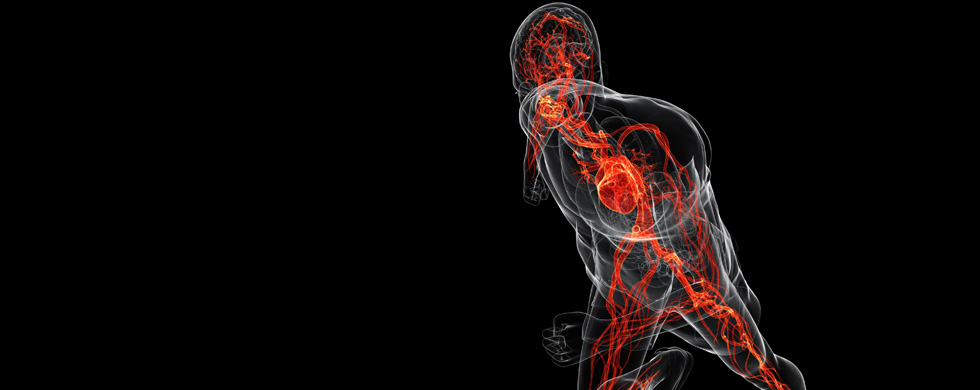Examine the relationship between physiological adaptations and improved performance resulting from aerobic training comes from the HSC PDHPE syllabus asks you to examine the relationship between the principles of training, physiological adaptations and improved performance for Factors Affecting Performance under principles of training.
Below I have provided some information that would help examine the relationship between physiological adaptations and improved performance resulting from aerobic training, but would need examples and more to be worth using for an exam answer.
Outline adaptations that occur as a result of aerobic training.
Adaptations occur in both the cardiovascular system and in the muscle.
Cardiovascular adaptations include: increased stroke volume and cardiac output, increased haemoglobin concentration in the blood, increase capillary number around alveoli, and a lower resting heart rate.
Muscular adaptations include: increased myoglobin, increased mitochondria number and function, increased oxidative enzymes, increased glycogen stores, increased capillary number around muscles, type 1 muscle hypertrophy,
Explain how these adaptations lead to improved performance.
These adaptations are aimed to achieve 2 things: more efficient uptake, transport and delivery of Oxygen, and more efficient breakdown of fuel sources using the aerobic energy system.
All of the adaptations in the cardiovascular system increase oxygen uptake, transport and delivery. The increase in stroke volume results in an increase in cardiac output. This means more blood can be pumped around the body at a faster rate. The increase in capillary density at the alveoli and the increase in haemoglobin concentration allows for greater absorption of oxygen into the blood and therefore a greater concentration of oxygen in the blood. This means that more oxygen is then transported and delivered to the working muscle. The increased capillary density and the increase in myoglobin then allows for this oxygen to be delivered more efficiently to the mitochondria where ATP production takes place.
The increase in mitochondria number and function, the increase in oxidative enzymes and increase glycogen stores all help produce ATP more efficiently using the aerobic energy system. More mitochondria and more oxidative enzymes means more ATP is being produced per minute using this energy system. The increase in glycogen stores means ATP can be produced more quickly and production from glycogen will last longer. This is advantageous because more oxygen is needed to produce ATP from fats or protein.
The hypertrophy of type 1 muscle fibres, allows for more forceful contractions to occur and thus allows for increased intensity relying on the aerobic energy system.
This all improves performance, because the athlete can perform at high intensities for longer periods of time using the aerobic energy system. This is helpful, because the use of the lactic acid system produces by-products which cause fatigue quickly, whereas the aerobic system does not fatigue until it runs out of fuel.






